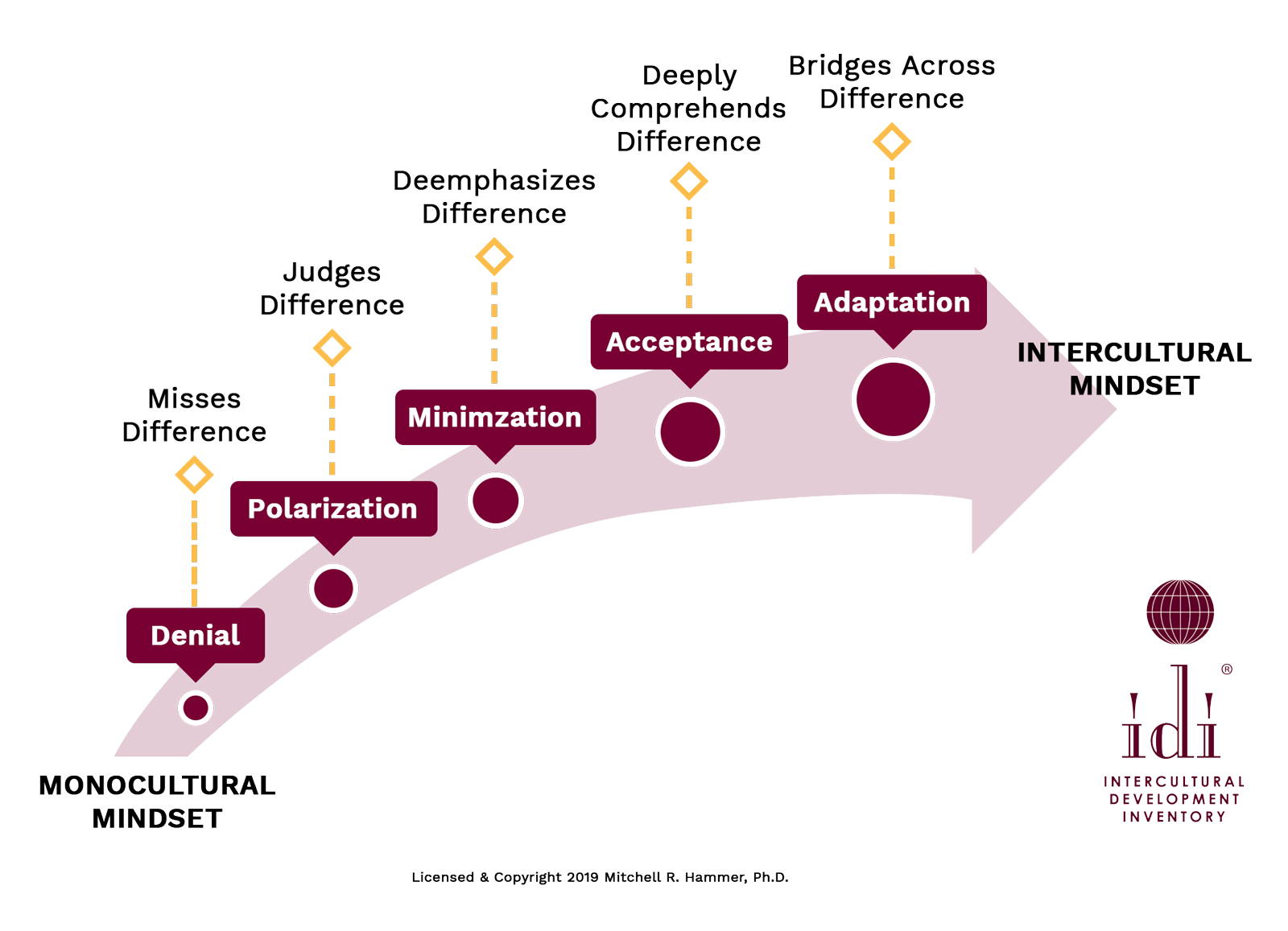IDI on a Diesel Engine: The Vintage Tech Still Making Noise

In an era dominated by futuristic electric vehicles and hyper-efficient hybrid engines, the diesel engine, particularly equipped with the Intercultural Development Inventory (IDI), still commands attention. This complex device, often overlooked as an anachronism, invites a newfound appreciation, presenting a fascinating juxtaposition of vintage mechanics interwoven with contemporary expectations. What is it about the IDI on a diesel engine that continues to spark intrigue and conversation among automotive aficionados and mechanical engineers alike? Buckle up as we navigate the winding roads of diesel technology, not merely as relics of the past but as titans of innovation still echoing in the industry today.
First, let’s embark on a brief historical odyssey to contextualize the diesel engine's evolution. Invented by Rudolf Diesel in the late 19th century, this powerhouse revolutionized the realm of internal combustion engines. Initially concocted as a compelling alternative to gasoline engines and steam power, the diesel engine was lauded for its exceptional fuel efficiency and torque. Even decades later, the widespread adoption of diesel engines in commercial vehicles and machinery accentuates their enduring relevancy within the automotive landscape.
As modern developments burgeoned, incorporating elements such as turbocharging and advanced fuel injection systems, the diesel engine retained its robust framework while embracing technological advancements. The IDI emerged as a quintessential component, enabling diesel engines to attain unparalleled performance by optimizing combustion dynamics. This intriguing interplay between the IDI and diesel engines transforms not just how the engines operate, but also how we perceive their capabilities.
What then, lies at the heart of the IDI? The Intercultural Development Inventory functions as a crucial diagnostic tool in the diesel engine’s operational efficiency. It measures intercultural competence among its users, reflecting not just how the engine runs, but how engine operators and technicians engage with it. Think of it as a metaphorical compass guiding operators through the myriad challenges of engine diagnostics and repair. With increased globalization, a shift in perspective is imperative. The understanding garnered from IDI can be paralleled with how one modifies their approach to a traditional diesel engine, enriching both skillsets and mechanical savviness.
But let’s delve deeper into the promise of the diesel engine when coupled with modern advancements propelled by the IDI’s insights. The innate durability and adaptability of diesel engines have allowed them to fit diverse applications—from agricultural machinery to heavy-duty trucks—all while harnessing the IDI's principles for improved intercultural communication. Imagine the already efficient diesel engine evolving further through a lens emphasizing diversity and collaborative problem-solving within engineering teams. The implications of this synergistic relationship could mean not only smoother interactions between diverse technicians but also more efficient and effective engine performance overall.
Moreover, let’s not overlook the environmental dialogue surrounding diesel engines today. Historically, they have received critique for emissions that contribute to air pollution. However, through the lens of IDI, we begin to see potential solutions emerge. As intercultural competence becomes more pronounced in applying cleaner technologies and techniques to diesel engines, the opportunity to innovate in precision engineering arises. The challenge remains: how do we cultivate a culture of sustainability alongside these vintage machines? It’s a question that beckons curiosity and proposes potential pathways that blend tech with tradition, offering solutions to long-standing environmental concerns.
As we navigate the technological landscape, the role of the IDI in diesel engines further underscores an essential paradigm: collaboration is key. Knowledge sharing across borders, leveraging experiences gathered from various sectors, results in unparalleled problem-solving abilities. This is the crux of enhancing diesel technology in today's world. The IDI strengthens the toolkit of operators as they engage with a venerable yet evolving technology, emphasizing that progress is as much about interpersonal relations as it is about mechanical evolution.
Engaging with diesel engines equipped with the IDI also opens up intriguing discussions surrounding future developments. Electric trucks and sustainable alternatives may lure attention, yet the diesel engine holds steadfast, with industry experts asserting its longevity in specific applications. The promise lies in the hybridization of these older technologies with eco-friendly innovations—heralding a future relatively murky yet ripe with prospects. This tension between nostalgia and progress creates an avenue for discourse: How can we retain the essence of diesel while pushing for greener solutions?
As we ponder the postulates raised by the IDI’s role in the realm of diesel technology, the key takeaway remains an exploration of perspective. The traditional diesel engine is not simply a bygone entity; it carries the weight of engineering legacy while forging paths towards a cooperative future. The combination of intercultural competence and mechanical innovation provides fertile ground for imaginations to run wild, sparking curiosity about what lies ahead.
In summation, the IDI on a diesel engine represents a harmonious blend of history, technology, and human connection. Embracing these timeless machines through a contemporary lens allows both enthusiasts and professionals to dissect and appreciate their robust disposition as they march inexorably into an uncertain automotive future. Diesel engines, rather than merely artifacts, are dynamic catalysts for innovation, subtly hinting at a revolution where the past and future collide harmoniously. Isn’t it time we appreciate the unyielding roar of these magnificent engines, echoing the stories of collaboration, progress, and persistent inquiry? Buckle up; the journey has just begun.
Post a Comment